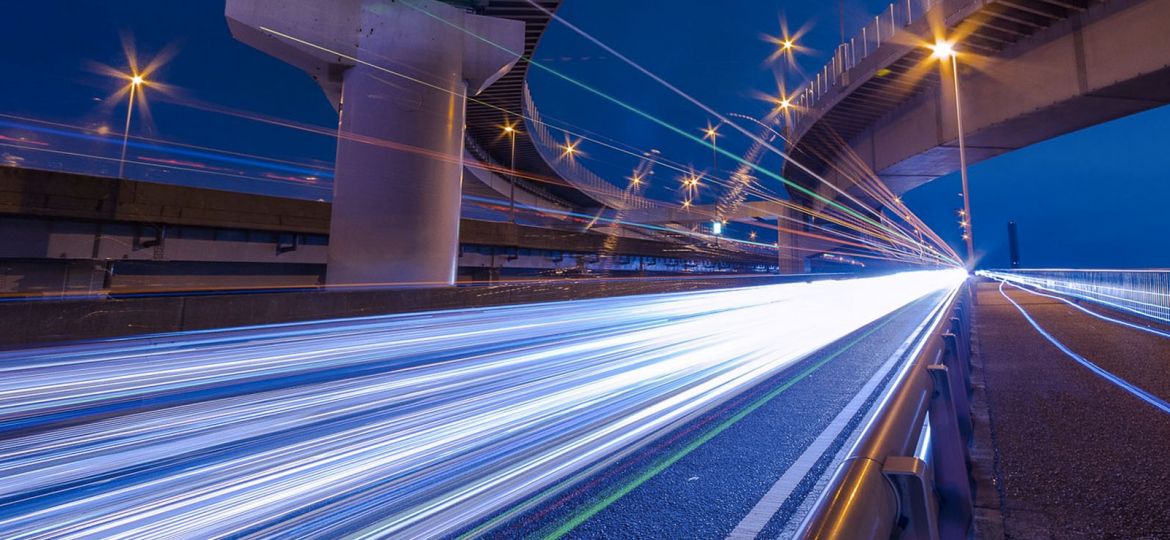
WHY THIS MATTERS IN BRIEF
Vehicles are the world’s second largest producers of toxic gases and carbon dioxide, the new EV corridors will help people make the switch to electric vehicles sooner.
Civilisation finally looks like it’s getting serious about moving away from powering homes and cars with energy millions of years old and sucked from the ground and into a world powered by cleaner, renewable energy but building out the infrastructure needed to power this new world is costly, expensive and slow. So to most people it was like a breath of fresh air when President Obama, in 2009, decided to seize on electric vehicles as a tool for rebuilding American’s crumbling auto industry and curing an ailing planet. A win-win perhaps?
Obama has now spent two terms promoting the technology, investing in R&D, and providing rebates to push automakers and consumers closer to the age of electricity and, after Europe’s recent announcement banning the sales of combustion engines after 2030, it doesn’t look like he’s alone in his aspirations to wean everyone off of the black stuff.
With just a few months before Trumps new regime stakes the helm Obama’s Department of Transportation (DOT) announced one of its final moves in that eight year effort. It is funding a network of electric vehicle charging corridors – 25,000 miles and 35 states of highway where EV drivers will reliably find places to plug in, every 50 miles or fewer.
In July, the DOT announced $4.5 billion in guaranteed loans for folks willing to build the powerful fast chargers that can charge a car like a Nissan Leaf up to 80 percent in about 30 minutes. And this week, the Federal Highway Administration (FHA) officially christened these stretches of highway as the national “Alternative Fuel and Electric Charging” network. It even drew up a new kind of highway sign that reads “Alternative Fuels Corridor.”
Map of the Alternative Fuel Corridors
“We have a duty to help drivers identify routes that will help them refuel and recharge those vehicles, and designating these corridors on our highways is a first step,” said US Secretary of Transportation Anthony Foxx.
Those highway signs – blocky, all caps white print on a blue background – are not the move you expect from a president and administration in full legacy mode. But they represent the serious progress electric vehicles have made in the US, and pave a way forwards for people who want to make the switch.
The gallery was not found!
Since the Chevy Volt and Nissan Leaf hit the road a year into Obama’s first term, they’ve been joined by nearly two dozen fully electric and plug-in hybrid models and prices are falling and the range that they can cover is steadily climbing with more 300 mile electric vehicles from Jaguar and Tesla being introduced in 2017. As a result, by 2022, it should be cheaper to buy and drive an EV than a gas-powered ride, even with subsidies with the average car owner managing to reduce their fuel bills by around 80% in the US and even more in the UK and Europe.
Yes, EVs still make up one percent or less of US car sales but they’re slowly crawling beyond their beachhead of coastal cities and increasingly they’re just about ready for life on the highway. But even a car with 300 miles of range or more flunks if it can’t tap into the chargers to keep it going beyond that distance, even if the average driver doesn’t do that more than once a year.
“If you want to make it an every day car, a no compromises car, that’s the next step,” says Tony Posawatz, the engineer who led the development of the Chevy Volt, briefly led Fisker Automotive, and is now an industry consultant.
“You can’t only own an EV unless you can drive anywhere reliably,” says Pasquale Romano, CEO of ChargePoint, the nation’s largest charging provider. Highway chargers will never outnumber the less potent plugs in public and private garages, he says, but they’re key to convincing potential customers that they can really go anywhere.
And those signs, bleh as they may be, can play an advertising role. The people who already own an electric car will know where they can charge up without the DOT’s help. But if someone’s been considering the change starts seeing the signs on their commute, or on that occasional long haul drive to grandma’s house then they might finally get it and Romano says these signs could be more valuable than a Super Bowl ad.
“Generic advertising doesn’t solve the problem of giving people confidence for their use case of the car, but knowing they drive on an EV corridor just might.”
As for Obama, pushing electric cars and their owners farther than ever isn’t a bad legacy – that is unless you’re an oil baron.
















